Table of Content
Telemedicine app development helps organizations build products, reach market opportunities, and create competitive advantages.
Healthcare providers are designing mobile applications with seamless consumer interfaces and features to optimize virtual and in-person delivery models.
Telemedicine apps support consumer experiences through virtual, at-home services, and retail clinics—all growing market segments.
On-demand care, virtual specialty providers, home health providers, and value-based care (VBC) models are emerging as an alternative to traditional sites. All of these services require telemedicine with innovative solutions.
Why Develop a Telemedicine App?
Virtual health players are investing in telemedicine software development driven by the following indicators:
- High demand—explosive growth of annual revenues of telehealth categories of virtual care delivery models (in-person/virtual)
- High adoption rates and utilization levels—strong consumer satisfaction
- High value perception from health service providers
- Ease and flexibility of regulations for expanded coverage through telemedicine
- Insurance reimbursement—Medicare and Medicaid
- Adding new services to existing product lines
Telemedicine App Development Features
- Video calling and text messaging
- Alert notifications
- Remote patient monitoring—connection with wearables and sensors (e.g., blood pressure, heart rate, oxygen levels, blood sugar, dialysis, etc.)
- Integration with healthcare platforms and other apps through certified APIs
- Connectivity with EMR and remote patient monitoring (RPM)
- Track medications
- Appointment management
- Advance diagnostics features—image analysis
- Nursing care delivery (telenursing, homecare, etc.)
Telemedicine App Integrations with Digital Health Platforms
Telemedicine app development providers configure, provision, and deploy infrastructure, applications, and services in an interconnected ecosystem while safeguarding components against associated threats and risks.
Build a telemedicine app with features to create a seamless user experience in a secure environment. Telemedicine app development creates the elements and features to comply with the secure data movement between healthcare providers and their users.
Health data infrastructure and interoperability across settings and organizations is a key challenge for health IT software.
Considering the infrastructure standards, interoperability of IT health networks and data sources is necessary when creating a telemedicine app.
Healthcare providers must comply with data portability requirements. Many platforms are creating different models, leaning on technology, clinical expertise, and user experience.
Some of these platforms have already created unified services, such as EMR patient data exchange, that will help build your app on top of them—for example, connecting your telemedicine app with Millenium, the Cerner EHR platform, for patient care support across the patient journey or EHR workflow.
When building a mobile app and planning the network architecture, it is worth considering the implementation of Consolidated Clinical Document Architecture (C-CDA) standards, HL7 Fast Healthcare Interoperability Resources, and ONC’s Interoperability Standards Advisory.
Telemedicine apps connect with diverse systems requiring integration of data from many sources, such as the following:
- Electronic Health Record (EHR)/Electronic Medical Record (EMR)—electronic patient medical history readily available
- Enforce information security and patient privacy—protecting personal health information (PHI) records, ensuring confidentiality, integrity, and availability
- Integrate with third-party HIPAA-compliant telehealth platforms
- Utilization of Fast Healthcare Interoperability Resources (FHIR) standards that use the REST to exchange information through certified API technology
- Apply NIST Cybersecurity Framework and adopt its Health IT program throughout the telehealth ecosystem
- Master Patient Index (MPI)—a patient record database that brings together records from multiple registrations
- Clinical Decision Support (CDS)—a health information technology system that provides clinical decision support
- Remote Patient Monitoring (RPM)—collects medical and health data in one location and transmits it to health providers in another location
- Practice Management Software—used for scheduling and tracking patients, billing, claims, etc.
- Document management system—software for centralized location filing
- Consumer Health Applications—platforms track consumer routines and consumer activities
- Lab Testing Information—coordinates lab samples, testing, and results for patients
- Clinical in-home medical devices—the Internet of Medical Things (IoMT) connects devices and generates data
- Health Data Aggregator—consumer-facing applications that collect and manage health data
Telemedicine App Benefits
There are many benefits of telemedicine that support the virtual delivery mode and telemedicine software development.
- Lowers healthcare costs (affordability). Reduces costs for patients, health care organizations, large corporations, insurance companies, etc.
- Improves consumer access to healthcare (convenience). More people can receive attention regardless of location or mobility capacities, improving early disease management.
- Chronic disease management. Increases data and clinical workflow efficiencies in managing chronic patients.
- Contributes to deploying healthcare manpower efficiently, reducing the effect of talent shortage. Healthcare jobs are performed from just about anywhere.
- Optimization of resources. Matches healthcare resources with patients’ needs by notifying healthcare workers of assignments and automates resource assignments.
- Reduce the spread of infections. Having patients avoid visits to physical facilities reduces the risk of infection.
Telemedicine Versus Telehealth
Telehealth solutions are evolving in telemedicine, telemonitoring, nursing, consultations, dermatology, psychiatry, etc. Many of these concepts are often confused or misunderstood, as the terms telemedicine and telehealth are used interchangeably. The following are key terms related to virtual care delivery:
- Telemedicine is the practice of offering clinical healthcare services—i.e., medical, diagnostic, and treatment services—remotely using electronic communications and video conferencing tools (without in-person visits). Some categories of telemedicine are teleconsultation, teleradiology, and teledermatology.
- Telehealth is a broader term that refers to the use and distribution of remote healthcare services, including telemedicine, such as medical care, education, self-services, technologies, etc.
Telemedicine apps transform virtual healthcare, offering accessibility, cost reduction, and efficient resource management, fostering a more connected and convenient healthcare experience for all.






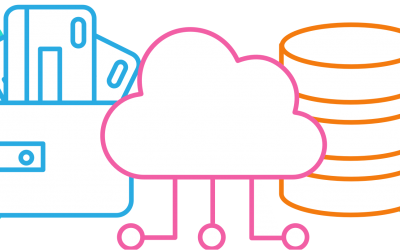
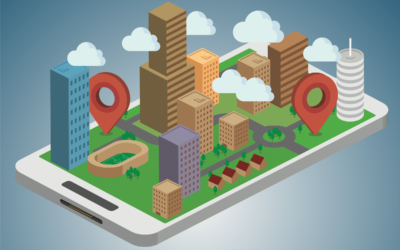
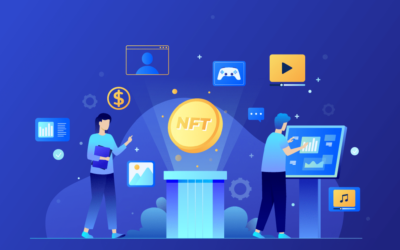
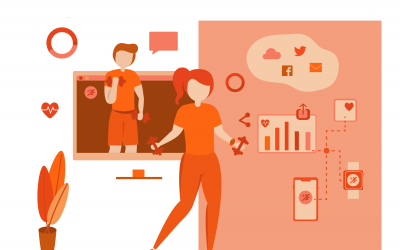
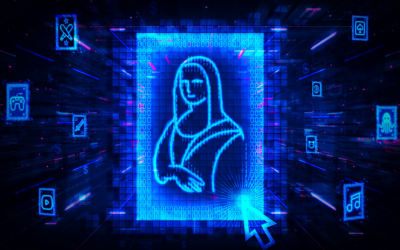

0 Comments